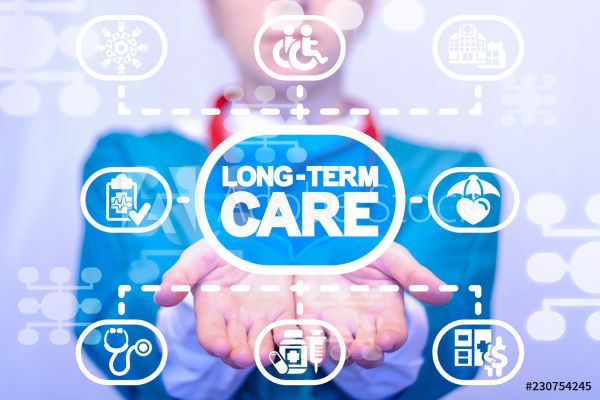America has three major housing issues for seniors: affordability, physical accessibility, and access to medical care and other services. There is a need for creative solutions to housing.

Understanding the Federal Long-Term Care Insurance Program (FLTCIP)
The Federal Long-Term Care Insurance Program (FLTCIP) offers long-term care for federal or US postal employees or any active or retired Uniformed Services members. First, the basics of long-term care: it isn’t professional medical care, it isn’t seeking recovery or a cure. It includes home care, including by family members, assisted living facilities, nursing homes, adult day care centers, and continuing care communities.
Today, the costs of long-term care average around $32 thousand a year for 6 hours a day, 5 days a week in-home care, and $47 thousand for assisted living facilities. To give specific examples of long-term care costs around the country: in San Francisco, in-home care costs approximately $39 thousand a year, while nursing home care costs around $206 thousand; in Phoenix, Arizona, in-home care costs about $34 thousand per year, whereas nursing home care costs around $82 thousand; in Bismarck, North Dakota, nursing home care can cost up to $210 thousand per year, while in-home care costs only around $37 thousand; in Washington, DC, nursing home care costs up to $137 thousand a year, whereas in-home care costs around $35 thousand; in Orlando, Florida, in-home care costs around $31 thousand, nursing home care costs up to $108 thousand.
These costs are rapidly rising, and they don’t tend to be covered by long-term disability insurance, health insurance, or Medicare. Medicaid tends to be limited to nursing home care, and only if the client qualifies under strict income and asset guidelines, which may require spending down on assets. Real property, retirement assets, and income may all contribute to pushing you over the income and asset guidelines. The Veterans Administration (VA) may help with long-term care but it depends on whether a Veteran served during wartime, the medical needs of the Veteran, and whether a Veteran has low income and assets.
That leaves several options to pay for the costs of long-term care. Self-funding, including income and investments; government programs, such as Medicaid or the VA, the limitations of which are discussed above; or long-term care insurance. The private market’s options for assisted living can be too pricey for the middle class, but often that same demographic isn’t eligible for public programs like Medicaid or subsidized housing. Private long-term care insurance is definitely worth considering but may be too pricey depending on a person’s age and health status.
However, if you are a federal or US Postal Service employee, or an active or retired Uniformed Services member, the FLTCIP may be the best option for filling that gap. The FLTCIP is available for employees, military, and annuitants; it is also available to relatives, including spouses, partners, parents, parents-in-law, step-parents, and children.
Because there is the issue of eligibility to consider, we’ll be brief on the FLTCIP’s benefits. But the program does offer security in that it is the largest employee LTC insurance program in the country, and it is underwritten by John Handcock. Furthermore, we mentioned that one of the issues with private LTC insurance is the lack of flexibility. The FLTCIP offers the ability to design the client’s plan in three areas, with choices on the daily benefit amount, benefit period, and inflation protection, based on the client’s preferences and needs. It is therefore worth considering whether you or a loved one may eligible for the FLTCIP when considering how to pay for long-term care needs.
The challenge of how to find and pay for long-term care is one of several services we provide seniors and their loved ones. All avenues are explored, including private long-term care insurance, Medicaid, and Veterans’ pension benefits. We hope you found this article helpful. If you have questions or would like to discuss a personal legal matter, don’t hesitate to reach out. Please contact our office at 732-972-1600.



